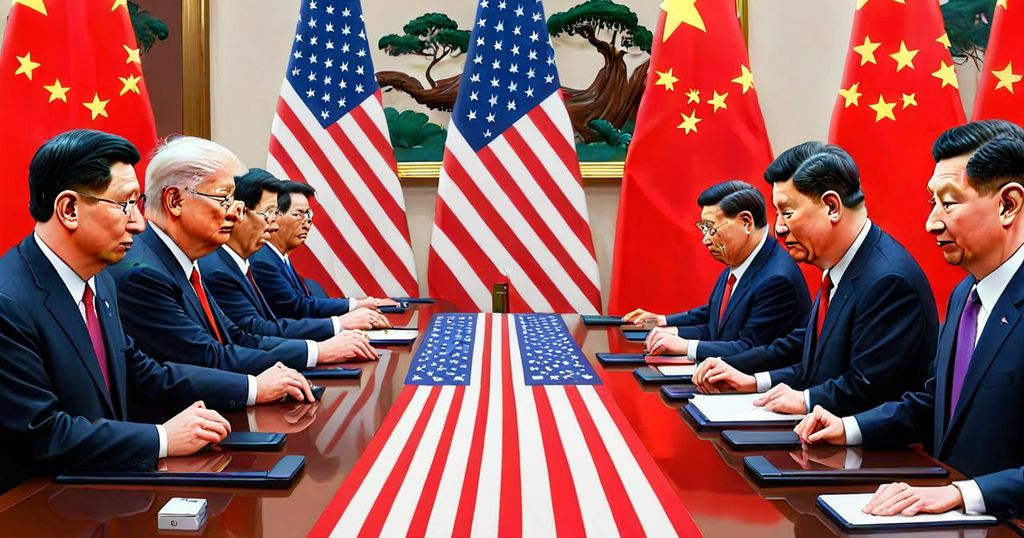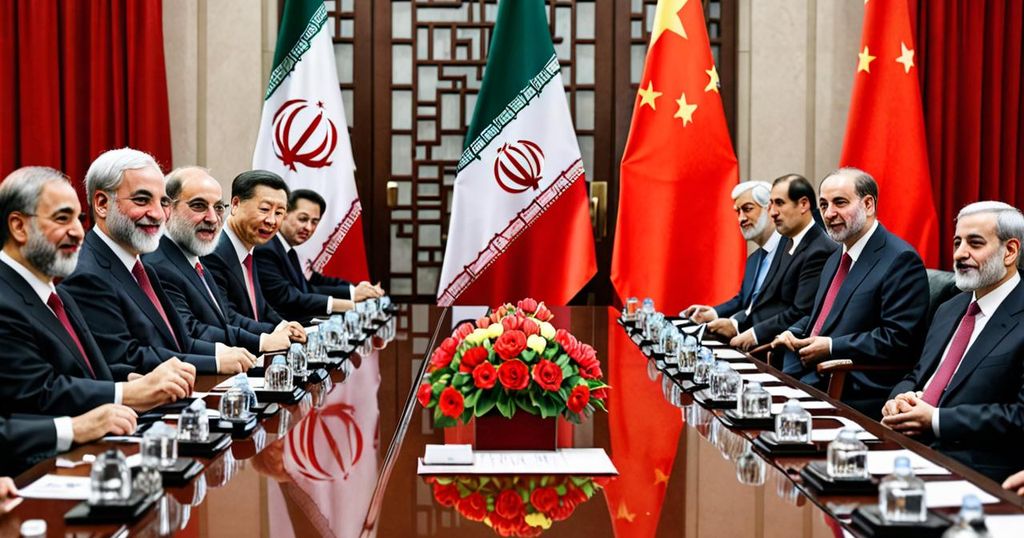Amidst the ongoing tech conflict between the United States and China, a new area of contention has arisen in the realm of RISC-V technology. This open-source chip technology, pronounced “risk five,” has garnered attention for its versatility and widespread use in various applications, including smartphone chips and advanced processors for artificial intelligence. It competes with proprietary technology from British semiconductor company Arm Holdings.
Concerns have been raised by lawmakers, such as Republican Senator Marco Rubio and Democratic Senator Mark Warner, regarding the potential exploitation of RISC-V by China to advance its semiconductor industry. These concerns stem from fears that China’s technological advancements could erode the current US lead in the chip industry and bolster its military modernization efforts.
Support for regulatory action regarding RISC-V is gaining traction, with Representative Mike Gallagher emphasizing the need for the Commerce Department to mandate export licenses for any American entity engaging with People’s Republic of China (PRC) entities on RISC-V technology. Additionally, Representative Michael McCaul has called for intervention from the Bureau of Industry and Security to address the potential threats posed by China’s use of RISC-V.
This debate is part of the larger tech battle between the US and China, which has seen escalating tensions and sweeping export restrictions. Lawmakers and policymakers are grappling with the implications of China’s strategic use of open-source chip architecture and the potential ramifications for US export control laws.
While the regulation of RISC-V technology could have significant implications for US-China collaboration and China’s quest for chip self-sufficiency, it has also raised concerns about the impact on global technological innovation. Executives from China’s Huawei Technologies have embraced RISC-V as a key component of the nation’s chip development efforts, while US companies such as Qualcomm and Google have also recognized the potential of RISC-V in driving chip innovation.
The prospect of imposing restrictions on American companies’ involvement in RISC-V has sparked debate about the potential consequences for technological advancement and international collaboration. Proponents of RISC-V view it as a catalyst for innovation and argue that stifling its development would hinder progress in the tech industry.
As tensions continue to escalate, the regulation of RISC-V remains a topic of contention, with implications for global technology standards and collaboration between American and Chinese companies. The outcome of this debate could have far-reaching effects on the future of chip development and international technological cooperation.








